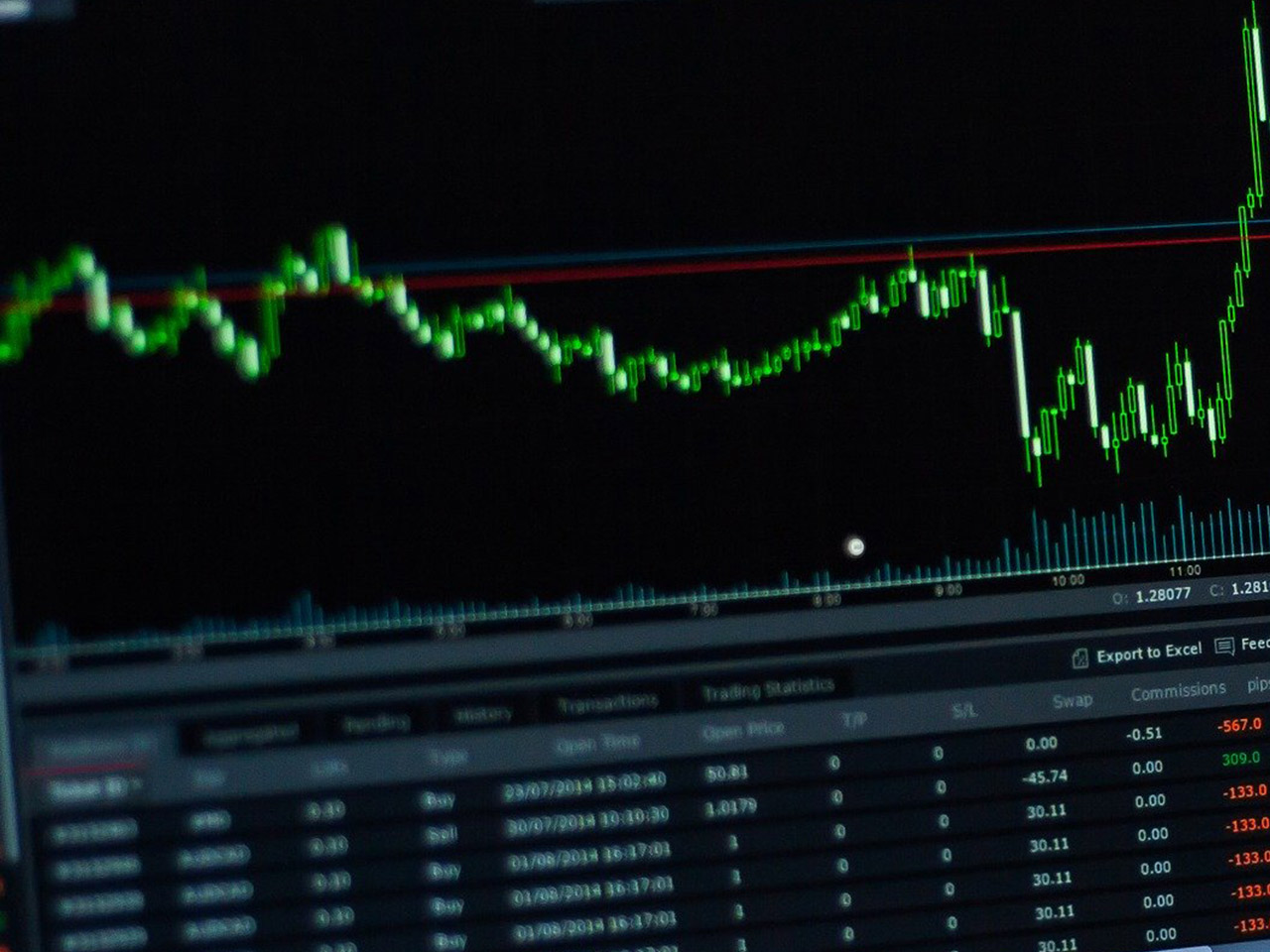For individual investors keeping an eye on Sequoia Economic Infrastructur (SEQI.L), the latest data presents a mixed bag of opportunities and uncertainties. With its market cap standing at an impressive $1.17 billion, the company offers a significant presence in the market, though its sector and industry are not specified. This lack of clarity in classification may raise questions for those seeking to understand the core operations of Sequoia Economic Infrastructur.
Despite its robust market capitalization, the current price of Sequoia shares hovers at 76.4 GBp, marking a slight decrease of 0.10 GBp, which reflects a neutral percentage change. The stock has seen fluctuations over the past 52 weeks, with a range between 72.80 and 82.40 GBp. This narrow band of volatility could imply stability for risk-averse investors, but also signals limited growth potential in the short term.
Valuation metrics for Sequoia are conspicuously absent, providing little insight into the company’s financial health from traditional perspectives such as P/E ratios, PEG ratios, or price-to-book valuations. This lack of data could be a deterrent for value investors who rely on these metrics for decision-making. Similarly, the performance metrics leave much to be desired, with no available data on revenue growth, net income, or return on equity, which are critical indicators of a company’s operational efficiency and profitability.
Investors looking for income through dividends may also be left wanting as there is no available information on dividend yield or payout ratio. This absence of dividend data suggests that Sequoia may not be a viable option for income-seeking investors at this time.
The analyst ratings provide no further clarity, with zero buy, hold, or sell ratings reported. This lack of analyst coverage might indicate that the stock is flying under the radar, which could either present a hidden gem for opportunistic investors or a sign of broader market disinterest.
A glance at Sequoia’s technical indicators offers some insight. The shares are currently trading below both the 50-day moving average of 77.73 and the 200-day moving average of 78.13, which could suggest a bearish trend. The RSI (Relative Strength Index) at 44.93 is neither overbought nor oversold, indicating that the stock is in a neutral zone, while the MACD (Moving Average Convergence Divergence) at -0.16 against a signal line of 0.02 might suggest a cautious approach is warranted.
In the absence of concrete financial and operational data, investors are left to weigh these technical indicators more heavily when evaluating Sequoia Economic Infrastructur. The company’s significant market cap juxtaposed with limited available data poses both a challenge and an opportunity. Savvy investors may consider this a chance to explore beyond traditional metrics, potentially discovering unique value propositions within this infrastructure domain. However, due diligence and a cautious approach are advisable given the lack of comprehensive financial visibility.





































